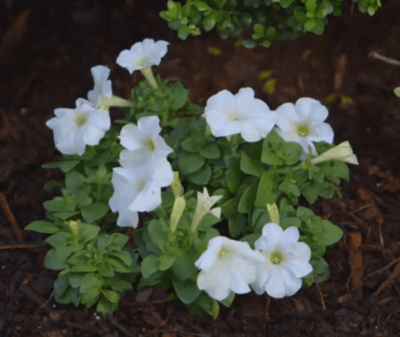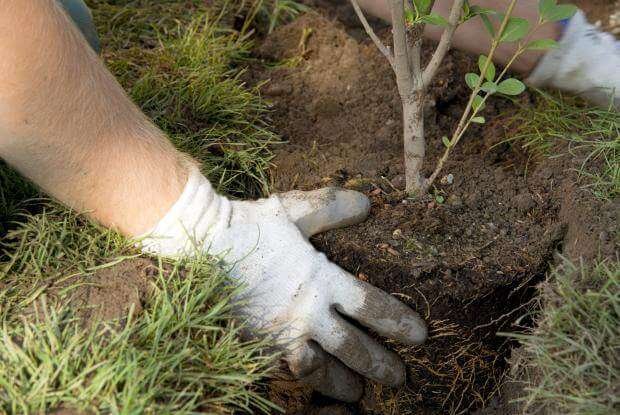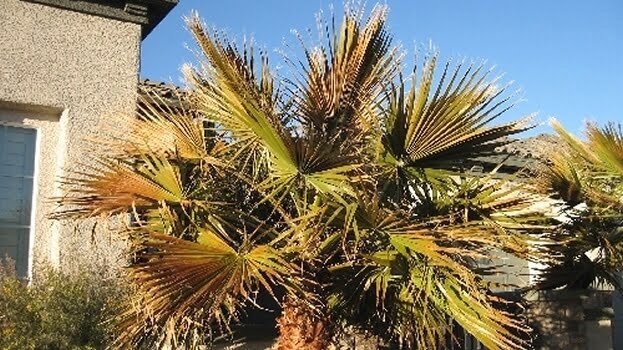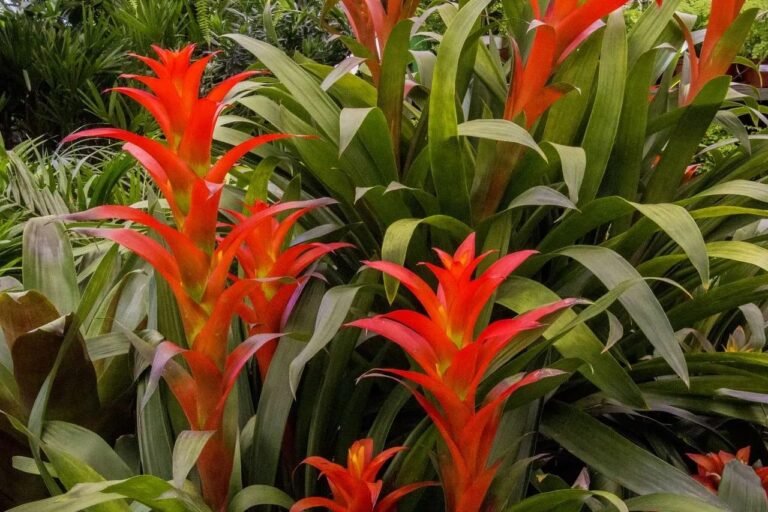Florida Landscaping Design Tips

Trees And Shrubs, Flower Gardens
Mistakes are often made when proper planning for landscaping design is neglected. Erratic placement of trees and shrubs, and flower gardens, leads to a cluttered or out of proportion landscape. Using the wrong types of plants in locations will cause nothing but problems in the long run. Trees placed in the wrong spot will come back to haunt homeowners when they become fully mature. Landscaping design done with good planning will result in an attractive, eye appealing, well-balanced landscape, with minimal problems.
Placement Of Plants In Landscaping Design
One important aspect of creating a successful landscaping design is choosing the right plants for each location where you plan to install. Some areas may have poor drainage and be wet and soggy, other areas can stay dry from poor irrigation. Some areas might be too small for certain types of shrubs, especially when they are close to a home or building.
Consider the amount of light each area receives, Full Sun, Partial Sun or Full Shade. Always consider light requirements for the type of plant you want to use in a location, in landscaping design.
Pick the right plant for its adaptability for each area. It is always helpful to know the characteristics of plants and shrubs when choosing them this way you will have a better chance of them growing healthy and surviving under the conditions at each location.
It is better to choose shrubs that have color to mix in with common green landscape plants. When choosing plants and shrubs pick colors that will compliment your home, making it more attractive.
Include bedding areas for annuals and perennials to have colorful flowering plants, in your landscaping design. Bedding plants should be used as small flower beds and not the dominant feature in a landscape. They are used as borders, edging along sidewalks and driveways, and beds placed in front of shrubs to complete your landscape with lots of colors. Once again know the characteristics and light requirements, of each type of plant before planting flower gardens.
Know Your Zone For Landscape Design
It is important to know what zone, (8, 9, 10, etc.) you live in so you can determine the hardiness of the plant you are choosing. Suitable hardiness means a plant can be expected to grow in the zones temperature extremes, as determined by the lowest average annual temperature.
Your local garden centers and nurseries should carry trees and shrubs adaptable to your zone you live in. You can contact your local county extension service for information on what are the best trees and shrubs for your landscaping design area.
Tree Installation For Landscaping Design
When trees are installed, location is most important. If planted too close to your home the tree can damage your foundation as the roots grow “outward”. Branches and debris from trees can destroy roofing during a storm, high wind and hurricanes.
When trees are properly placed, they can help your home become more energy-efficient. I recommend choosing trees that are native or adaptable to your area.
Trees should always be trimmed to avoid problems for your home, lawn, landscape, and let’s don’t forget your neighbor. That is why it is important to know the mature size of a tree before planting.
Common Mistakes Made In Landscaping Design
- Over-Planting: Remember, Plants and Shrubs will become bigger than the size at installation. They should Not be touching each other when installed. There is no need to do this and spend more money than needed.
- Planting taller shrubs in front of shorter ones, thus hiding plants in back from view. To prevent this from happening, it is always good to know the eventual height of each plant or shrub to avoid this problem.
- Planting shrubs too close to the house resulting in covering windows and making it difficult to do work on your home. This will also cause problems when painting your house. Plus, this can ruin the appearance of your place.
- Shrubs and Plants scattered around: This can cause confusion for the eye and creates a “Non-Professional” appearance. Create focal points by grouping each type of plant and shrub together.
- Improper grading can lead to drainage problems, causing areas in a landscape to be flooded. This can destroy trees and shrubs from “Root Rot” and can also damage a home.
Proper landscaping design will avoid problems, and give you the landscape that you will be happy with. Remember that your landscape is 20% of the value of your home, and doing it right assures a good overall appearance.
When you plan a good landscaping design… You will be more successful!






